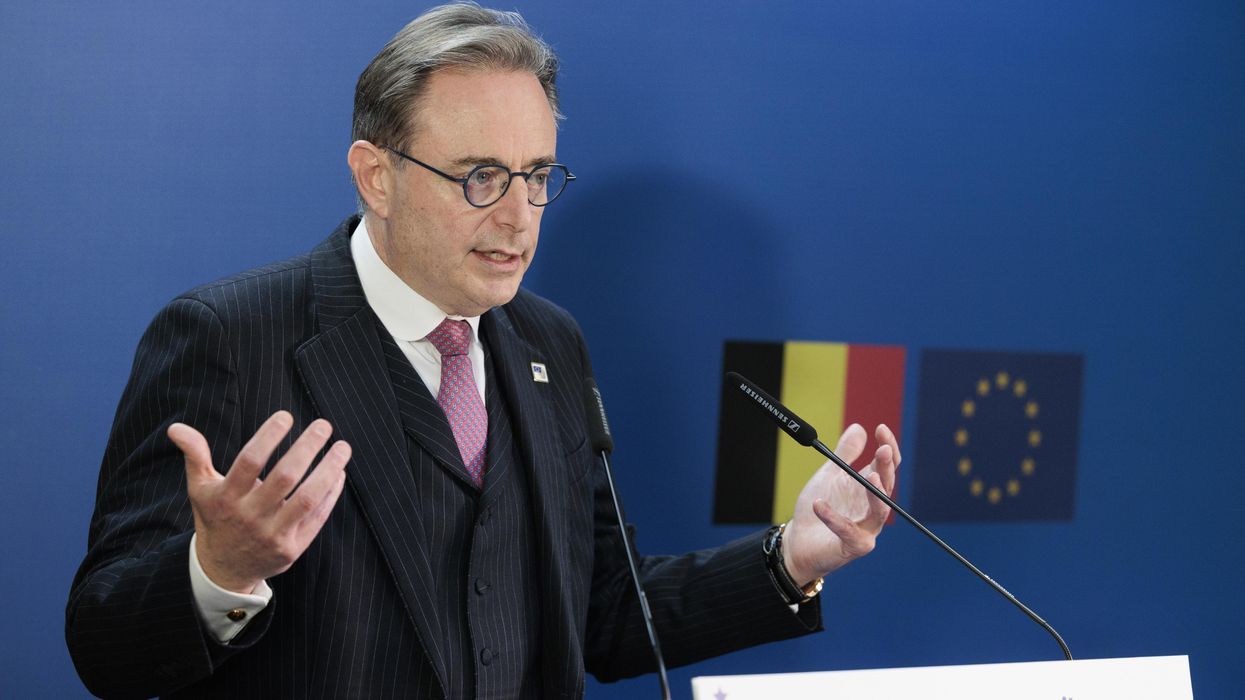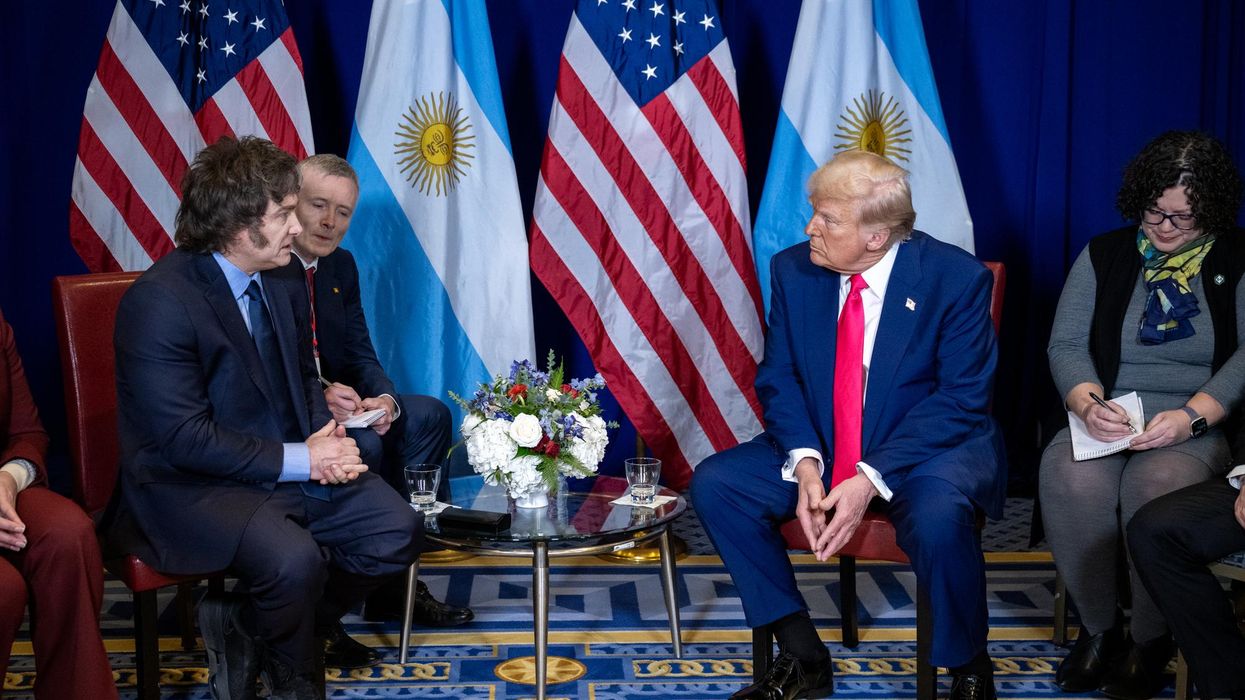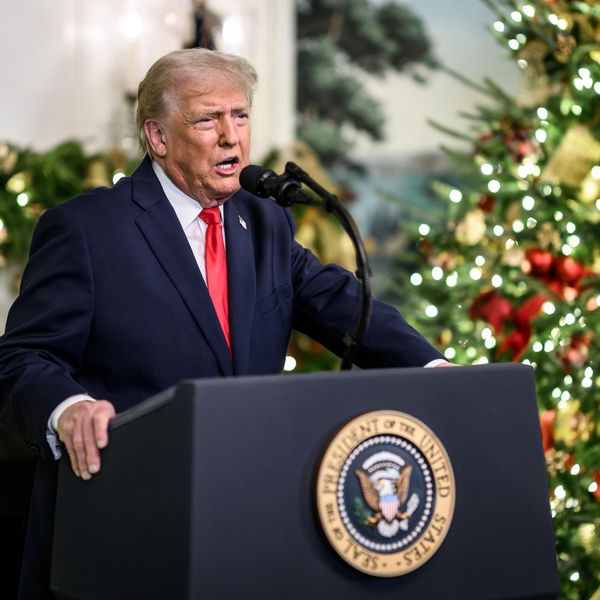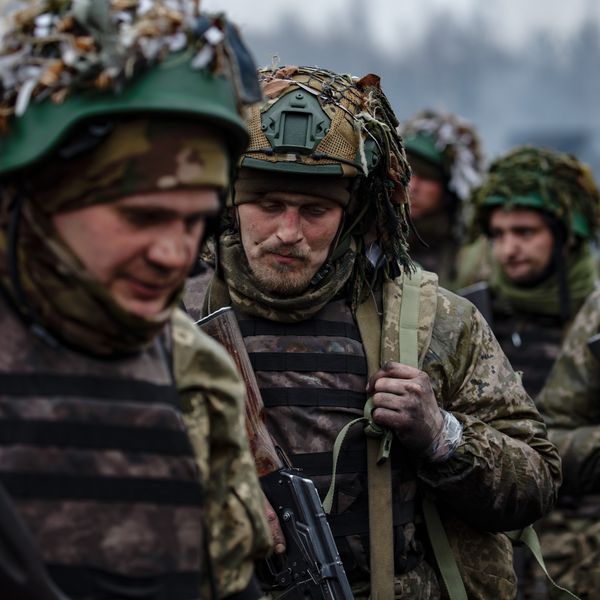In October, Russia and China conducted a week-long joint naval patrol — their first such exercise in the Western Pacific.
Five Russian and five Chinese warships sailed through the international waters of the Tsugaru Strait, which separates the main island of Japan from its northern island of Hokkaido, to “maintain peace and stability in the Asia-Pacific region,” and to “demonstrate the state flags of Russia and China,” according to the Russian defense ministry. The Chinese defense ministry added that the joint exercise was also meant to “further develop the China-Russia comprehensive strategic partnership in the new era, enhance the joint action capabilities of both parties and jointly maintain international and regional strategic stability."
But what is this “new era” comprehensive strategic partnership between Russia and China?
The second cold war
Both Russia and China were reluctant to enter the new era they find themselves in. At the close of the Cold War, Russia had hoped for a new, cooperative post-Cold War world. Professor of Russian and European Politics at the University of Kent Richard Sakwa says that, at the close of the Cold War, Russia wanted to transcend the blocs and divisions, but America insisted on preserving them. Russia wanted to join a transformed international community freed of blocs and made up of equal partners who cooperated with each other; America offered Russia only an invitation to join an enlarged American-led community as a defeated and subordinate member. It took Putin about 14 years to give up the transformational vision and accept the reality of the second cold war. By 2012, Russia had realized that the only option America offered was losing the Cold War, not ending it. By 2014, Russia had abandoned what Sakwa calls "its last cold peace inhibitions."
According to Alexander Lukin of HSE University in Moscow in a recent article in The Washington Quarterly, it took China even longer to accept the reality of the second cold war. It wasn’t until 2016, when the U.S. declared an all-out trade war on China that China joined Russia in the reluctant realization that “the international system dominated by the United States and its Western allies would never admit them as equals.” The vision of cooperation was replaced by an acceptance of a new cold war. But Sakwa told this writer in a personal correspondence (Sept 21, 2021) that it was not until 2021 that China fully accepted the framework of a second cold war that was being pressed upon them.
Russia-China cooperation
Having accepted the Second Cold War in which they faced sanctions and confrontation from a U.S.-led block, Russia and China first turned to each other and then turned outwardly to balance the hostile unipolar world by creating new international organizations.
Russia and China first turned to each other with the Treaty of Good-Neighborliness and Friendly Cooperation, in which the two nations commit not to enter into “any alliance or be party to any bloc . . . which compromises the sovereignty, security and territorial integrity of the other. . .. ” Dmitri Trenin, a political analyst at the Carnegie Moscow Center explains the relationship as one in which, though Russia and China “do not have to follow each other,” they “will never go against each other.” Lukin says that on June 5, 2019, Russia and China signed a joint statement announcing a “comprehensive and strategic interaction.” Russia is “officially developing,” Lukin says, “a ‘strategic partnership’ with Beijing, making China not only a friend, but practically an ally.”
Together, Russia and China also began the creation of new international organizations. The most important among them were the BRICS nations and the Shanghai Cooperation Organization, or SCO. In this first stage of response to America’s insistence on a second cold war, the new organizations were not intended as new cold war blocks. In a personal correspondence, Sakwa said that they were even "reluctant to become ‘anti-U.S.’" They are not, he explained, "strategic actors like NATO or E.U." They were intended as economic and foreign policy counterweights to balance the U.S. and foster a multipolar world.
BRICS, an acronym for Brazil, Russia, India, China, and South Africa, represents 44 percent of the world’s population and 25 percent of the world’s economy. Though little discussed in the West, the most important new body may be the SCO where Russia and China are joined by India, Pakistan, Tajikistan, Uzbekistan, Kyrgyzstan and Iran. The SCO embodies 43 percent of the world’s population, a quarter of the world’s economy, almost a quarter of the planet’s territory and four of its nuclear powers.
Strategic partnership or military partnership
According to Sakwa, Putin has described the closeness of the China-Russia relationship as “a relationship that probably cannot be compared with anything in the world." Chinese President Xi Jinping has called the relationship a "strategic partnership.”
But the recent joint naval patrol is the latest in a series of cooperative activities that may be bringing the strategic partnership into what China calls a “new era.” In this new era, the strategic partnership may be expanding to include a military partnership. Vassily Kashin, senior fellow at the Institute of Far Eastern Studies of the Russian Academy of Science, says that “since 2018, military cooperation between the two countries has reached a new level” of a “tacit alliance.” Putin, himself, has said “this is an allied relationship in the full sense of a multifaceted strategic partnership.”
Lukin reports that Russia has sold China “its latest-generation weapons, including 24 Su-35 fighter jets and its S-400 air defense system.” He also says that by 2019, Russia had helped China build and install a missile attack warning system.
Kashin reports that in 2017, Russian and Chinese navy ships carried out joint exercises in the Baltic; in 2019, Russian and Chinese long-range bombers flew a joint patrol over the Pacific. In 2018, Russia significantly reshaped their regular military drill for defending against China. This time, the Russian drill along the shared border was a joint exercise with China. China contributed 2,300 troops, 900 pieces of equipment and 30 aircraft. China explained they were participating in order “to further Russian-Chinese relations and strengthen the strategic partnership between the two states.”
And they are strengthening it. In August, 2021, Russia and China carried out exercises that, for the first time, employed a joint command and control system. The Russian troops were fully integrated into larger Chinese formations and used Chinese armored assault vehicles, infantry fighting vehicles and other battle equipment. The two countries gave each other levels of access that are unprecedented for either country.
The nature of the military partnership
Though the military partnership is strengthening, it is not a military alliance in the sense that NATO is. Both China and Russia remain opposed to a world of blocks in international affairs as they have been since the close of the first Cold War.
Lukin told this writer that “Russian-Chinese relations are very close with a high level of strategic and military coordination. But there are no mutual defence obligations.” Sakwa said that, though they are not willing to enter into a formal military alliance, “under pressure from the Atlantic powers they have entered into what is called a quasi-alliance relationship, where they each cover the back of the other; and do nothing that would fundamentally challenge the interests of the other.”
The recent series of cooperative moves suggests the possibility that under the pressure of a U.S. imposed cold war, the China-Russia strategic relationship is expanding to include, though not quite a military alliance, an important military relationship.
















